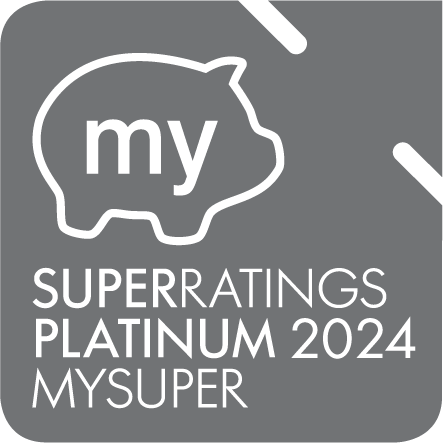Once we receive the required information from all potential beneficiaries, we will be able to start reviewing the claim.
If the member held death cover at the time they passed away, our insurer will review the application and determine if a death benefit is payable. They may require further information such as medical reports or a coroner’s report. If further information is required, we will let you know.
The key legislation super funds must follow when making decisions relating to death benefit payments are:
- Superannuation Industry Supervision Act (SIS) 1993 which outlines that to be considered for payment of the death benefit you need to be a dependant or the legal personal representative of the late member’s estate at the time the member passed away.
A spouse and children under the age of 18 will be considered first over adult children who were not financially dependent on the member.
We can only consider another person if there are no other financial dependants claiming.
- The Income Tax Assessment Act (ITAA) 1997 which determines if a claimant needs to pay tax on any benefit received.
The assessment of any tax payable is only completed once the Trustee has determined and approved a beneficiary.
These key legislations together with our Trust Deed provide strict guidelines that we must follow, even if that means making a decision that you may disagree with.
We will always contact you if we have any questions or require more information to assist in reaching a decision.















